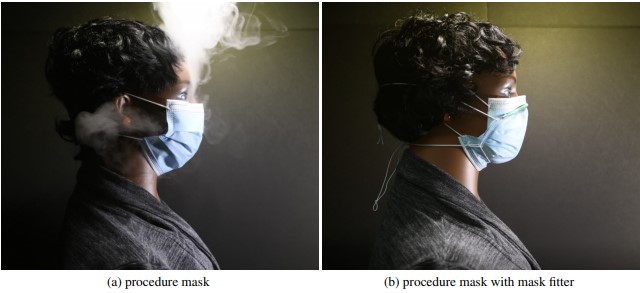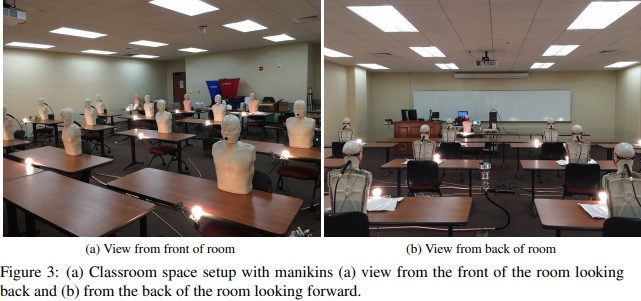I'll tell you what to do and then I'll explain why and provide the evidence.
You need a good quality surgical mask plus a mask fitter like the one made by
@FixTheMask. A disposable face mask made out of meltblown polypropylene layer that passes the candle test is likely good.
Those candle grade ones appear to cost 17 cents each on Amazon. Personally I prefer to buy ASTM Level 2 or 3 certified masks. Those run 40 to 60 cents. I prefer the Ambrust, which
@FixTheMask found in their testing to offer the best filtration and
https://t.co/yFQHwB2hYw
decent breathability. My essential worker son wears this combo every day, all day. Testing of some masks here.
https://t.co/vRPAD0mCRU
Now on the mask brace or mask fitter (same thing). IMHO, the
@FixTheMask one is a no-brainer to buy. It's the best one and right now there are only two you can buy. Here's a 3-minute video of why you should do this and why it works.
https://t.co/b5oWq16XQP
The mask brace is reusable and costs about $15.
https://t.co/Q2ttrklaeu and folks at the University of Wisconsin show how you can make a DIY version.
https://t.co/jFPoE88XQ1
But if I were you, just buy a
@FixTheMask brace or a premade Badger Seal. I've not tried the latter, but both work well to protect you. The FixTheMask one looks better to me. The premade versions are so cheap why bother making one?
Let me also add that the Zubrex tested well by FixTheMask and costs 26 cents each. So if you're on a tight budget, that seems like the best value with quality assurance.
Now the evidence.
@zeynep and
@jeremyphoward linked to an U of Iowa paper. But another impressive one came out last week. “Strategies to minimize SARSCoV2 transmission -- combined impacts of ventilation and mask effective filtration efficiency.”
https://t.co/rGHeBPOOiq
Their findings are astonishing. They tested, using manikins, a room of socially distanced students and a teacher in a typical classroom. In one test, all occupants used typical cloth masks.
Then they did another test. They placed a mask fitter/brace plus a surgical mask on all the occupants. The combination of the fitter plus surgical mask reduced the transmission risk of infection by a factor of over 100 compared to typical cloth masks!
Here is the key take away: Conditional indoor infection probabilities as low as <0.0001 (0.01%) per hour might be reached with the use of surgical masks and mask fitters alone. No other swiss cheese interventions. Alone!! Obviously ventilation helps too.
From p. 67 of the preprint: With the use of a mask fitter, one can achieve an effective filtration efficiency approaching the material filtration efficiency for a mask.
Preprint's p. 66: Inexpensive disposable masks used with a mask fitter can achieve approximately 95% effective filtration efficiency in some cases.
From p. 65:
3. Leakage rates around masks are typically in the range of 20-80% when fit reasonably well to the user’s face, resulting in effective filtration efficiencies that are much lower than the material filtration efficiency.
4. With the use of a mask fitter, one can achieve an effective filtration efficiency approaching the material filtration efficiency for a mask. Inexpensive disposable masks used with a mask fitter can achieve approximately 95% effective filtration efficiency in some cases.
The beauty of this solution is we have it NOW. It can scale NOW. Surgical masks are easy to make at scale compared to N95s, which require specialized equipment.
If you don't want to read the whole paper, this thread has more.
https://t.co/RvsuackOvB
Unfortunately, all the engineers who wrote the paper are not on Twitter, so none of the aerosol scientists IAQ experts on Twitter have tweeted it out yet.
@linseymarr @ShellyMBoulder @jljcolorado @Poppendieck @ProfCharlesHaas @kprather88 @PrasadKasibhat1 @Don_Milton @vfmcneill






